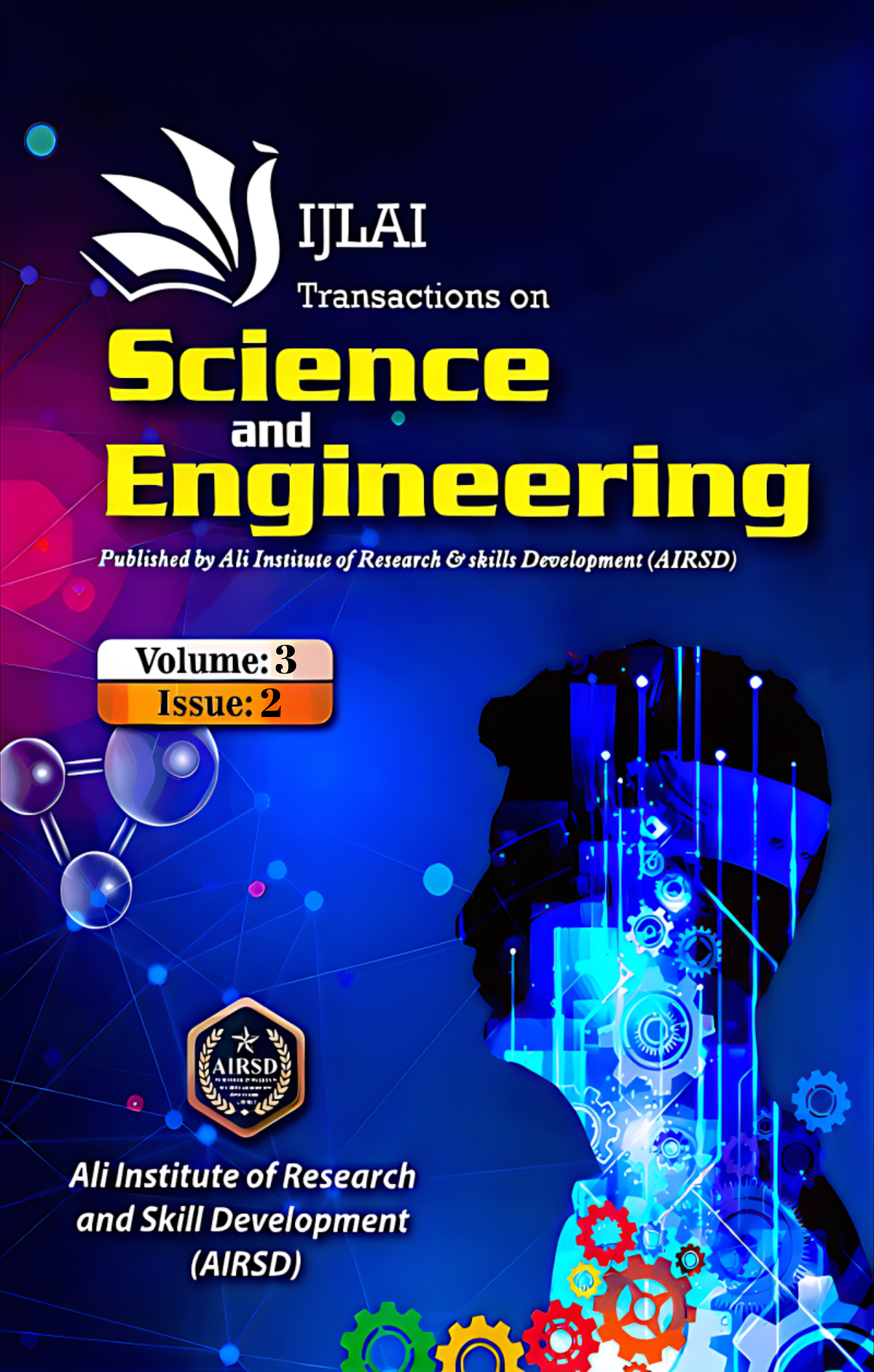Construction and Application of the Teaching Mode of Robot Course for Applied Undergraduate Students under the STEAM Concept
Keywords:
Teaching mode, Robot course, Applied undergraduate students, STEAM conceptAbstract
In the current era of rapid technological development, robot technology has become a key force driving the transformation of various industries. Applied undergraduate education shoulders the important responsibility of cultivating high-quality robot professionals who can meet the demands of industries. This study focuses on constructing a robot course teaching model based on the STEAM concept in application-oriented undergraduate colleges and conducts an in-depth exploration of its application effect, with the expectation of providing useful references for the teaching reform of related courses. Firstly, the article deeply analyzes the connotation of the STEAM concept, namely interdisciplinary integration (science, technology, engineering, art, mathematics), practical innovation and the cultivation of comprehensive quality, emphasizing its fit and importance for the teaching of robot courses. Robotics technology itself is a field that integrates multiple disciplines, covering knowledge from various aspects such as mechanical design, electronic engineering, computer programming, and sensor technology. At the same time, it also requires students to possess innovative thinking and practical abilities to solve complex problems in practical applications, which is highly consistent with the educational goals advocated by the STEAM concept. It has laid a solid theoretical foundation for the construction of the teaching mode. Secondly, the specific construction process of the teaching mode was elaborated in detail. In terms of the curriculum system, it breaks through the limitations of the traditional single-discipline curriculum setting and builds a modular curriculum system covering multi-disciplinary knowledge, such as setting up basic modules (mathematical modeling, physics and mechanics, etc.), professional core modules (robot programming, mechanical structure design, etc.), and extension modules (artificial intelligence and robots, robot art design, etc.). Enable students to systematically learn knowledge related to robots and achieve the organic integration and expansion of knowledge. In terms of teaching methods, a variety of methods such as project-based teaching, problem-oriented teaching and group cooperative learning are comprehensively applied. Take project-based teaching as an example. Teachers assign robot project tasks with practical application backgrounds, such as designing a robot for campus environment monitoring. Students need to independently consult materials, form teams, and collaborate in division of labor. They participate throughout the entire process from the overall conception of the robot, mechanical structure construction, circuit design, program writing to the final debugging and operation. This not only exercises students' practical hands-on ability, but also cultivates their comprehensive ability to solve complex problems and teamwork spirit. In the teaching evaluation link, a diversified evaluation system has been constructed. It has changed the previous evaluation method mainly based on examination scores, combined process evaluation with outcome evaluation, and focused on conducting comprehensive evaluations of students' performance during the learning process, teamwork ability, innovation ability, and the quality of project completion, etc. By observing students' performance during the project implementation process, mutual evaluation among group members, project achievement presentation and defense, etc., comprehensively and objectively evaluate students' learning outcomes, promptly identify their strengths and weaknesses, and provide a basis for subsequent teaching improvement. Finally, through the teaching practice application carried out in the robotics major of an application-oriented undergraduate college, the constructed teaching mode was verified. The practical results show that students' enthusiasm and initiative in the robot course learning have significantly increased, and their classroom participation has greatly improved. They have shifted from passively accepting knowledge in the past to actively exploring and practicing. In terms of the achievements of course projects, the robot works designed by students are more innovative and practical, and can well meet the actual application needs. For example, some intelligent logistics robots designed by students have conducted preliminary application tests in the campus express delivery sorting scenario and achieved good results. Meanwhile, the number of awards won by students in various robot competitions has also significantly increased, which fully demonstrates the improvement of students' comprehensive quality and practical innovation ability, and strongly proves the effectiveness and feasibility of the robot course teaching model based on the STEAM concept. In conclusion, the application-oriented undergraduate robot course teaching model based on the STEAM concept constructed in this study has effectively promoted students' interdisciplinary knowledge integration, practical innovation and comprehensive quality improvement by optimizing the curriculum system, innovating teaching methods and improving the teaching evaluation system. It provides new ideas and methods for the cultivation of robot professionals in application-oriented undergraduate colleges and universities. It has significant theoretical and practical significance, and can provide reference and inspiration for the teaching reform of other related professional courses, promoting applied undergraduate education to better adapt to social development and industrial demands.






